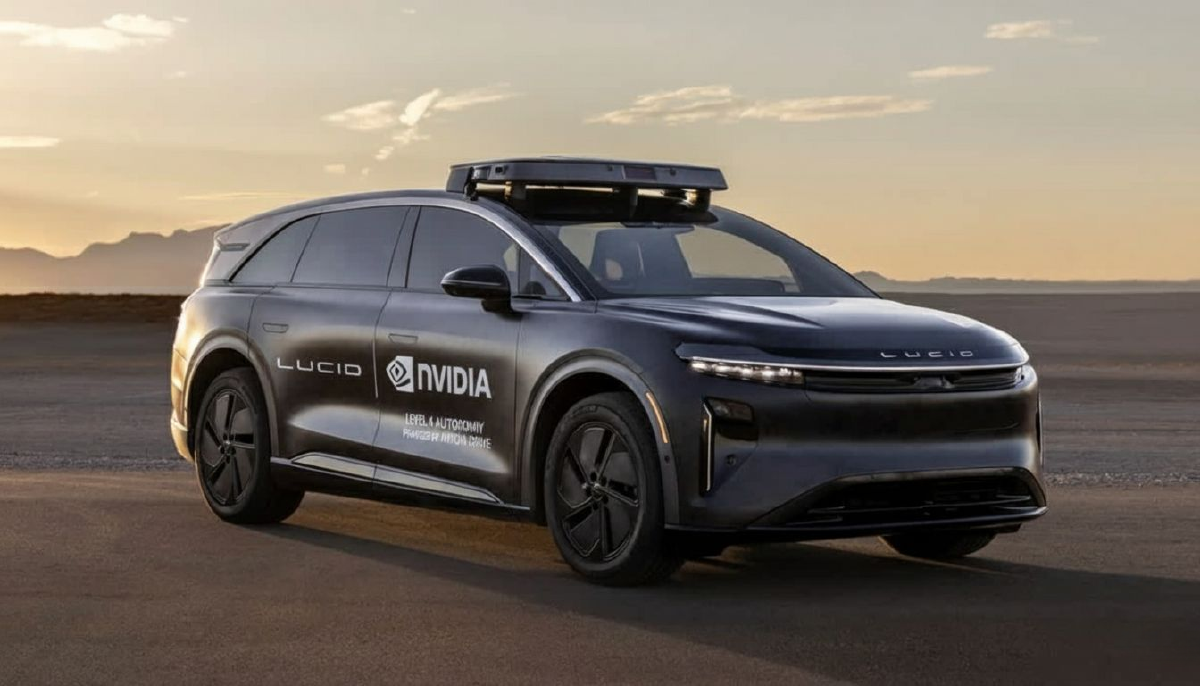Lucid Motors just announced a partnership with NVIDIA to bring Level 4 autonomous driving to their upcoming mid-size electric vehicles. That means hands-off, eyes-off driving in most conditions—a full step beyond Tesla’s current “supervised” approach. It’s ambitious. Maybe too ambitious.
The Multi-Sensor Bet#
Unlike Tesla’s camera-only system, Lucid is going all-in on sensor fusion: cameras, radar, and lidar working together. The logic is sound—more data sources mean better environmental awareness. Tesla famously removed radar and lidar to reduce costs and complexity, betting that cameras plus neural networks are enough.
Lucid’s approach could be more robust, especially in bad weather or tricky lighting conditions where cameras struggle. But it also adds cost, complexity, and more failure points. Level 4 autonomy is where you can genuinely zone out while the car drives. That’s a massive technical and regulatory leap from Tesla’s FSD (Supervised), which still requires constant attention.
The Market Play#
This announcement comes as Lucid positions a new mid-size model below the Air sedan to compete directly with Tesla’s Model Y and Rivian’s upcoming R2 SUV. It’s a strategic move—mid-size EVs are where the volume is, and adding Level 4 autonomy as a differentiator could justify premium pricing.
But here’s the reality check: the industry is littered with overpromised self-driving deadlines. High costs, regulatory hurdles, and safety validation take years, not months. Even Tesla, with a decade-long head start and millions of miles of real-world data, hasn’t achieved unsupervised autonomy.
Why This Matters#
NVIDIA’s involvement is significant—they’re providing the compute horsepower that makes modern autonomous systems possible. But hardware isn’t the bottleneck anymore. Software maturity, real-world testing, and regulatory approval are what separate announcements from actual deployment.
Lucid’s vision is commendable, but execution is everything. Can they deliver Level 4 that actually works reliably, or will this be another case of aspirational timelines meeting harsh reality? The partnership generates buzz, but shipping safe, validated autonomous vehicles is a different game entirely.
Learn more: Visit Lucid Motors or read NVIDIA’s announcement about the partnership.


